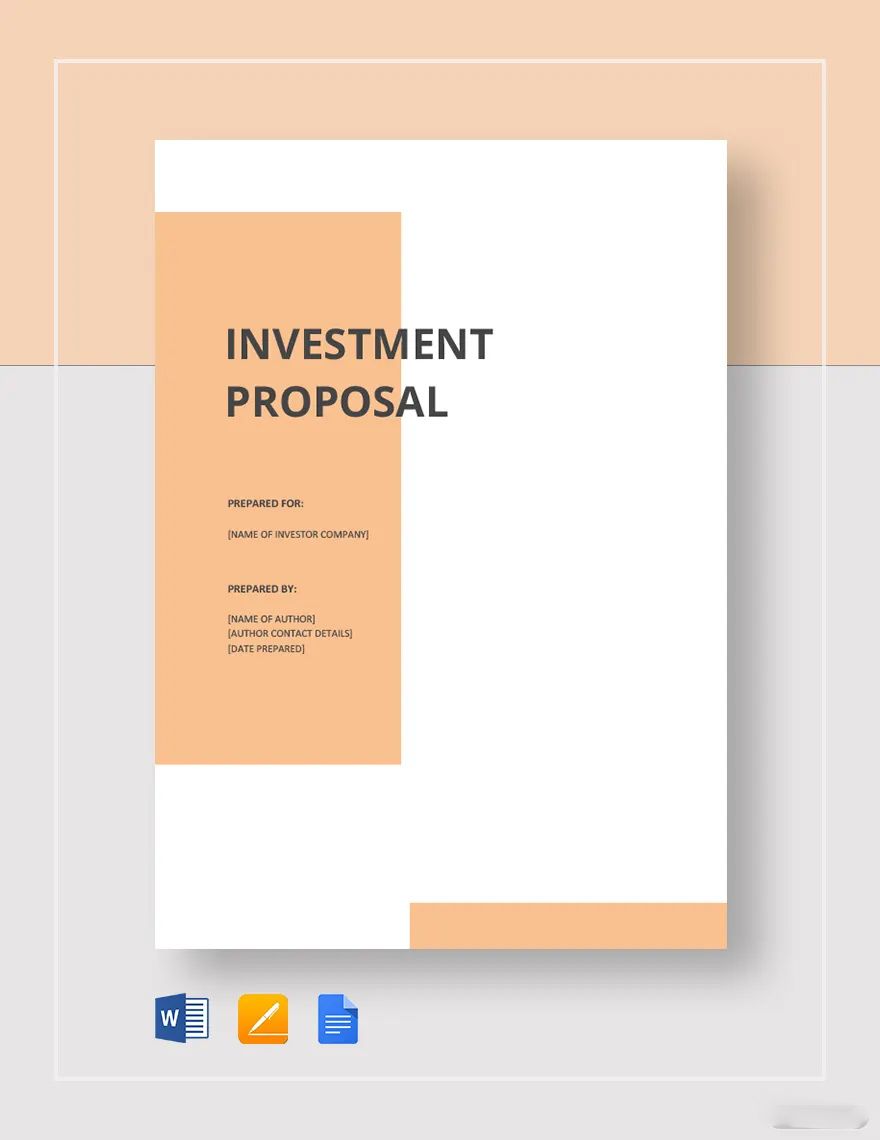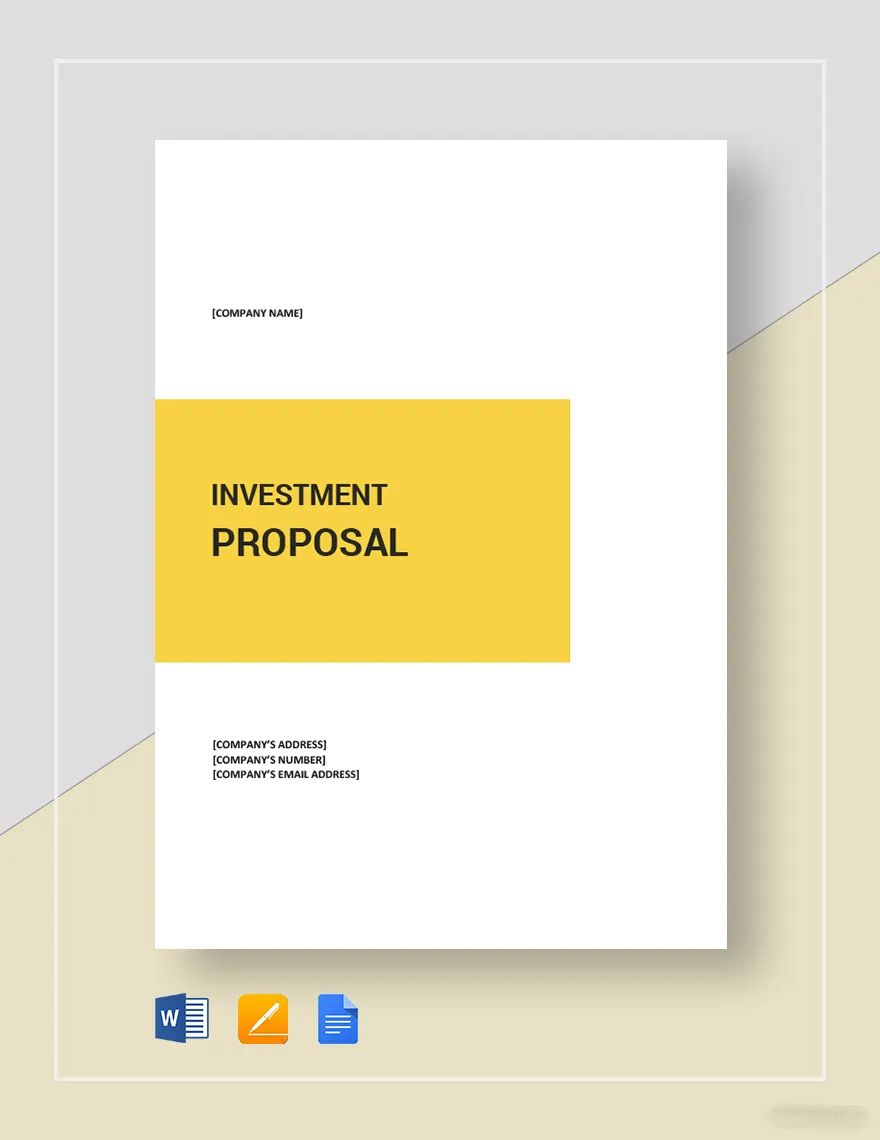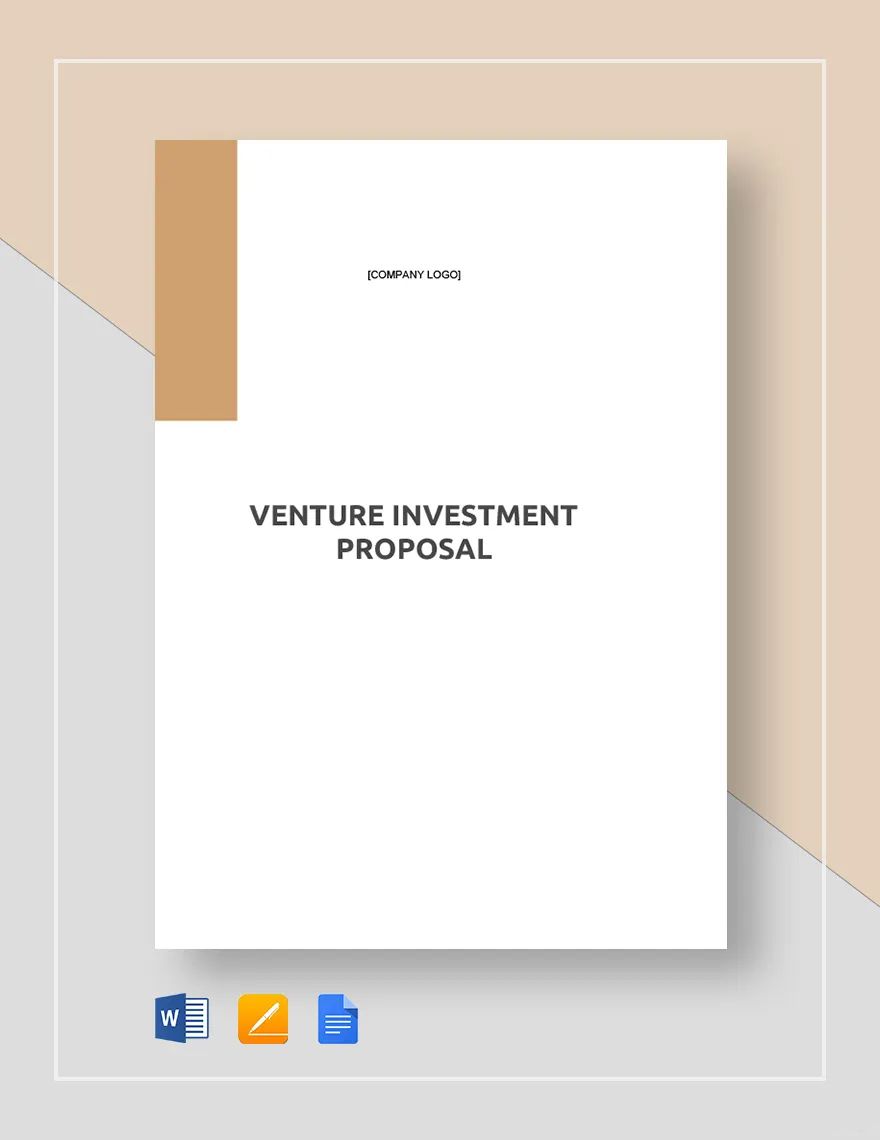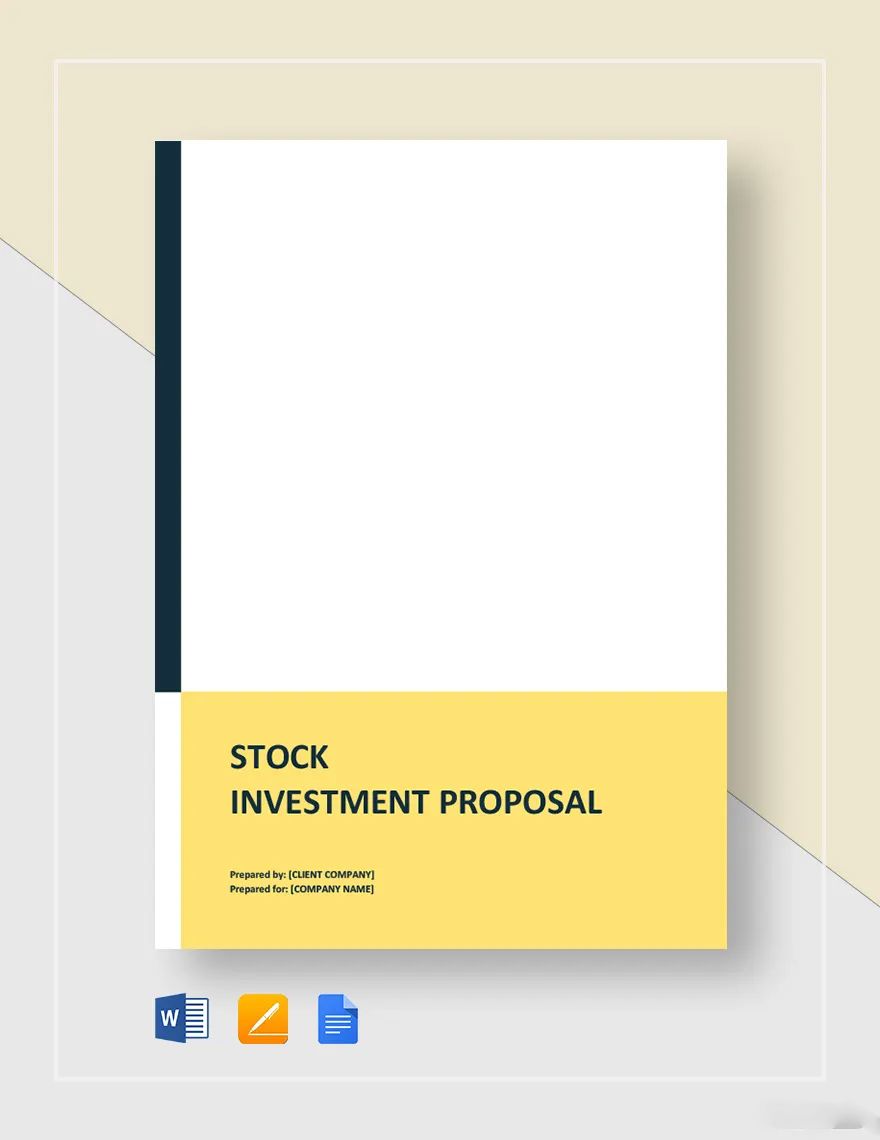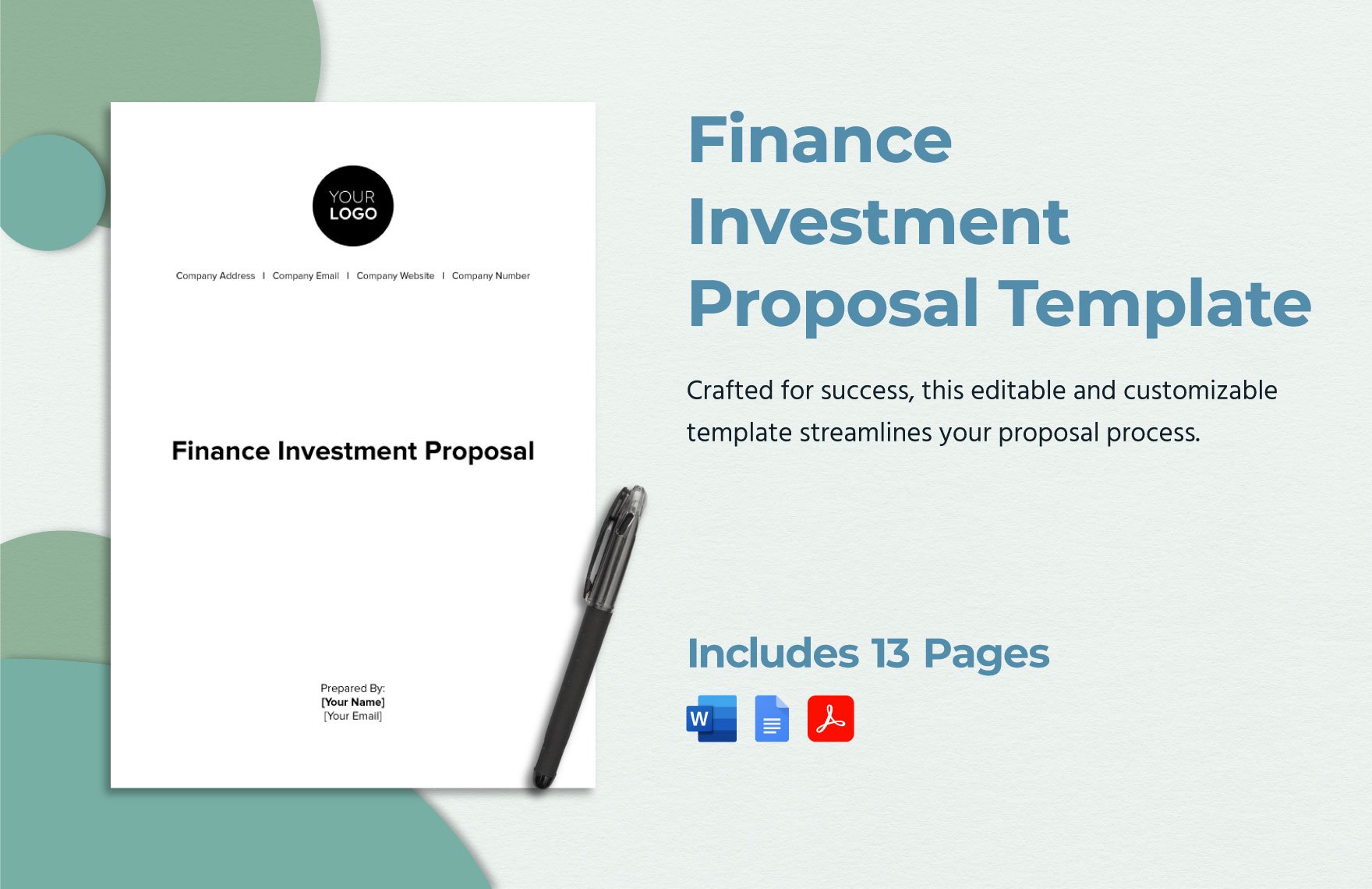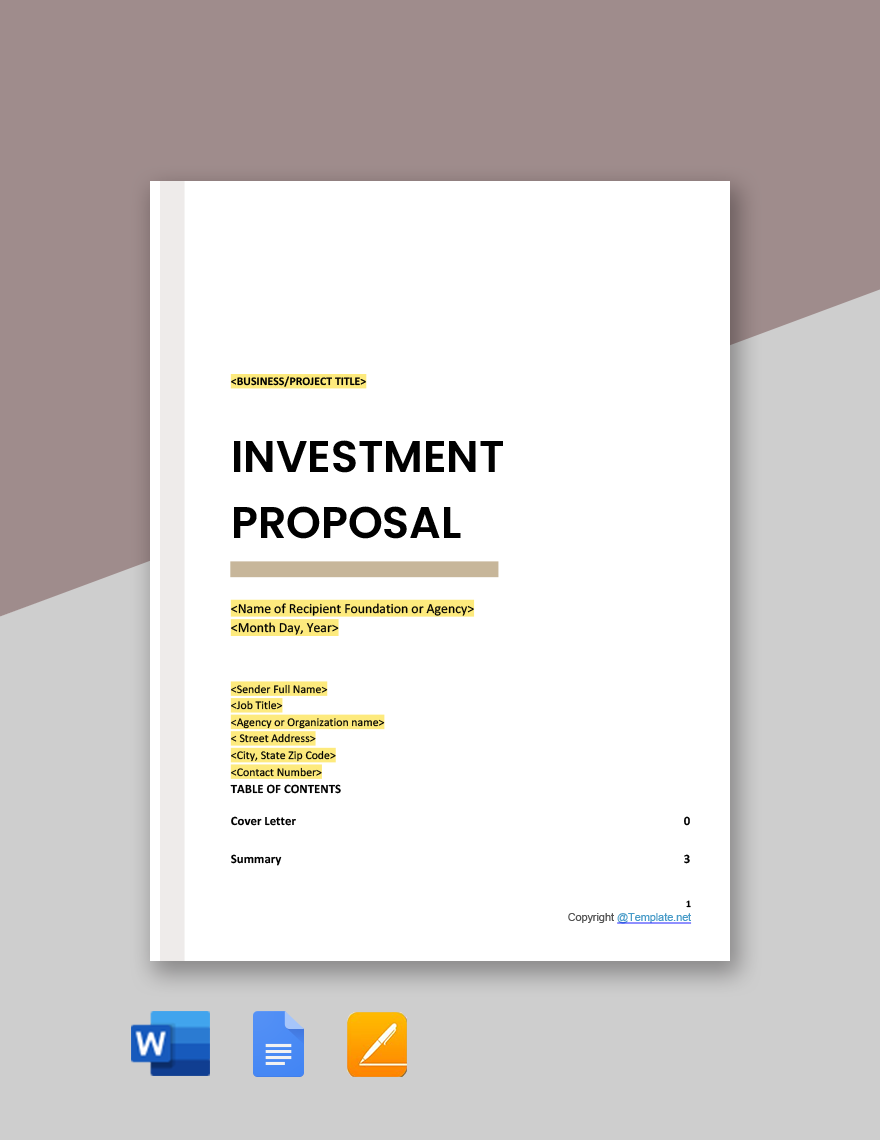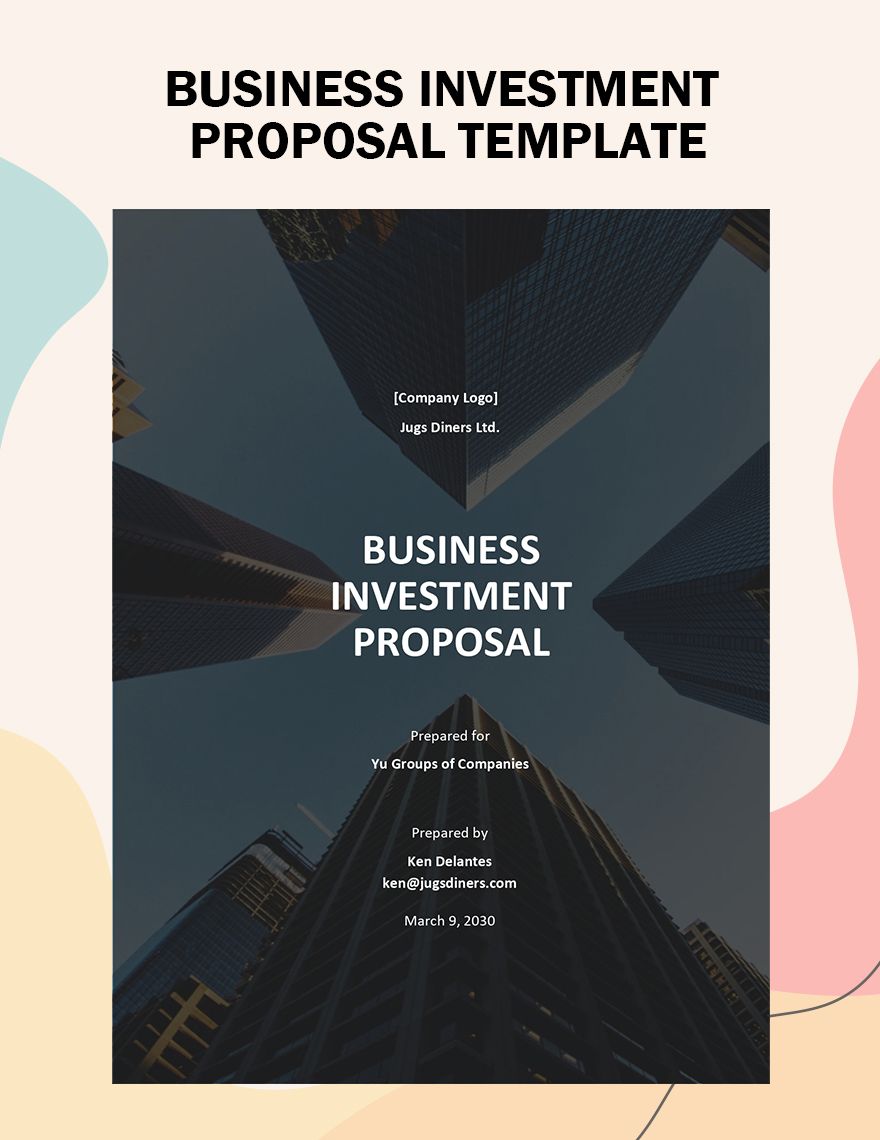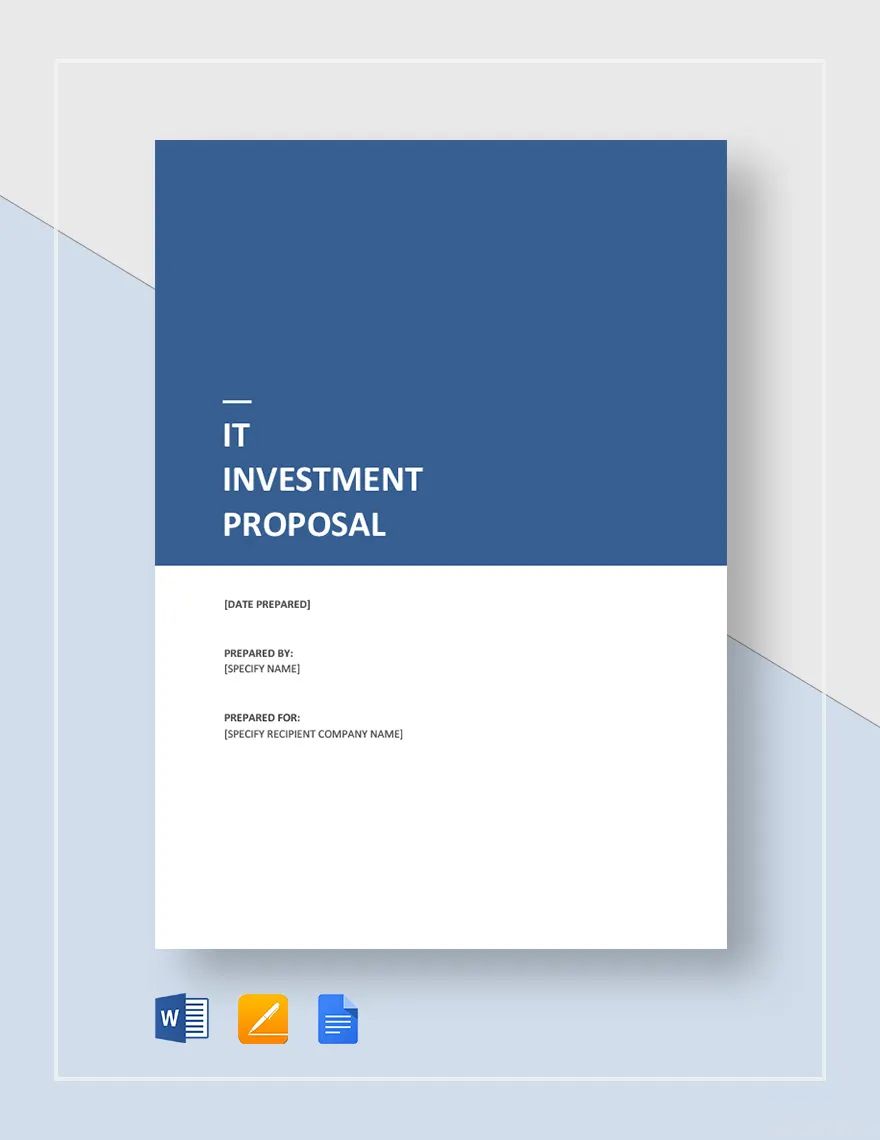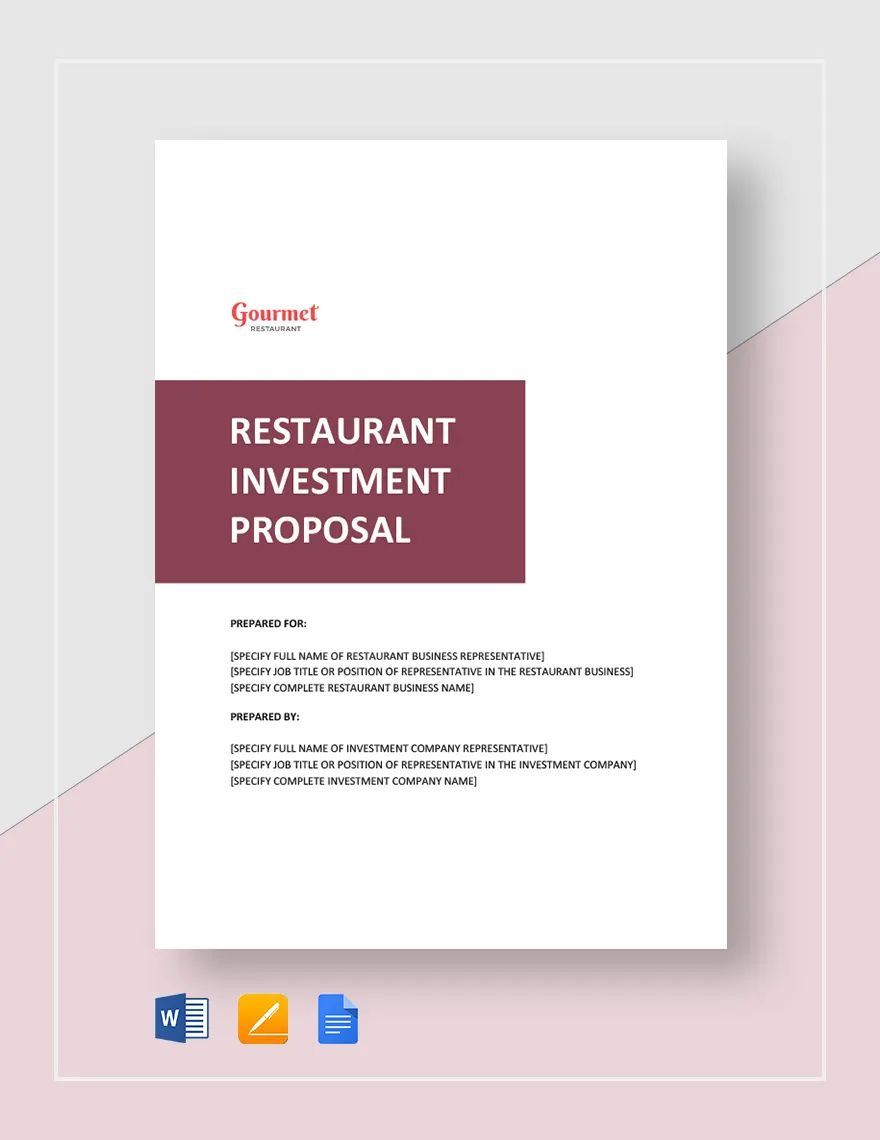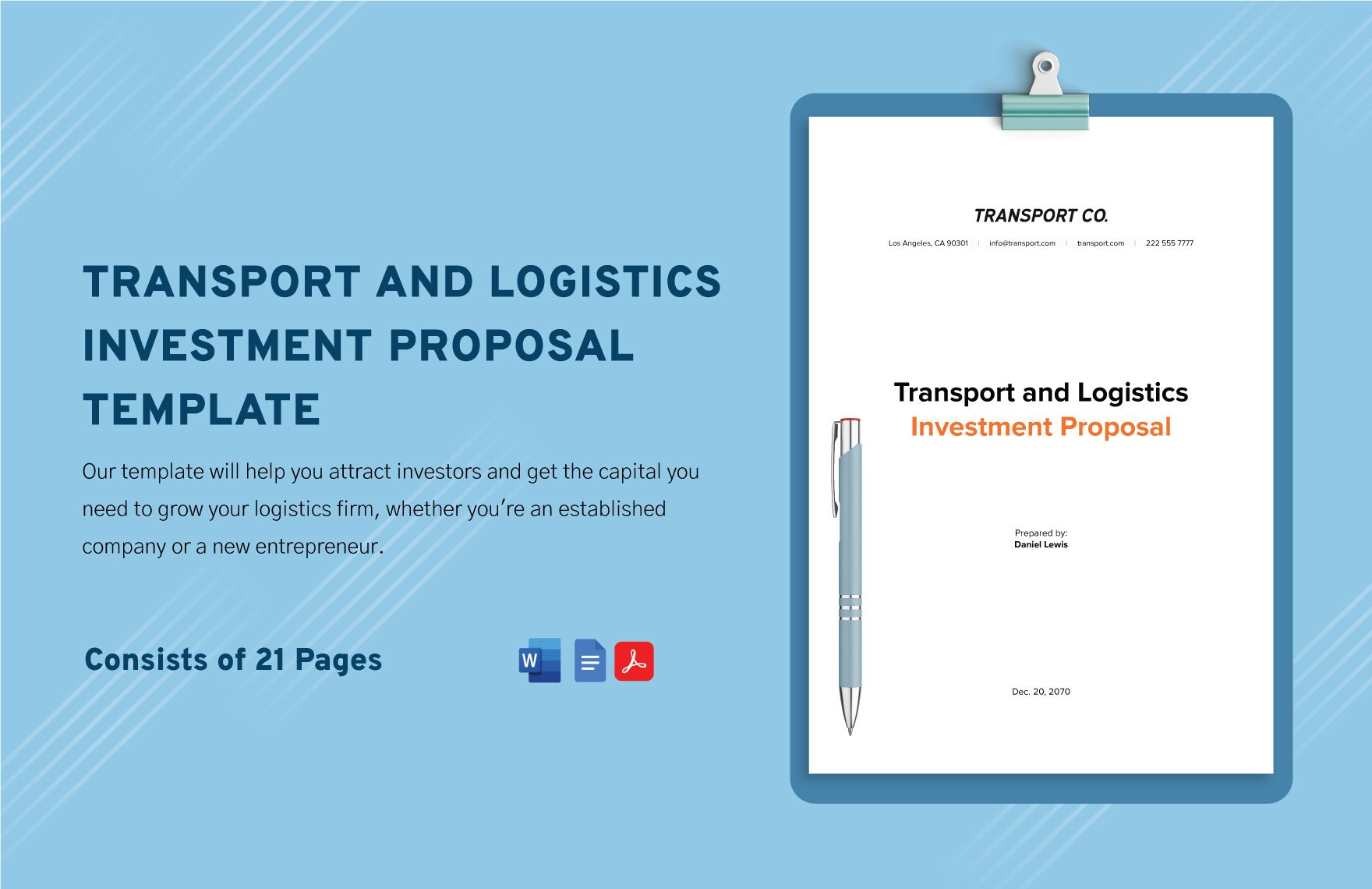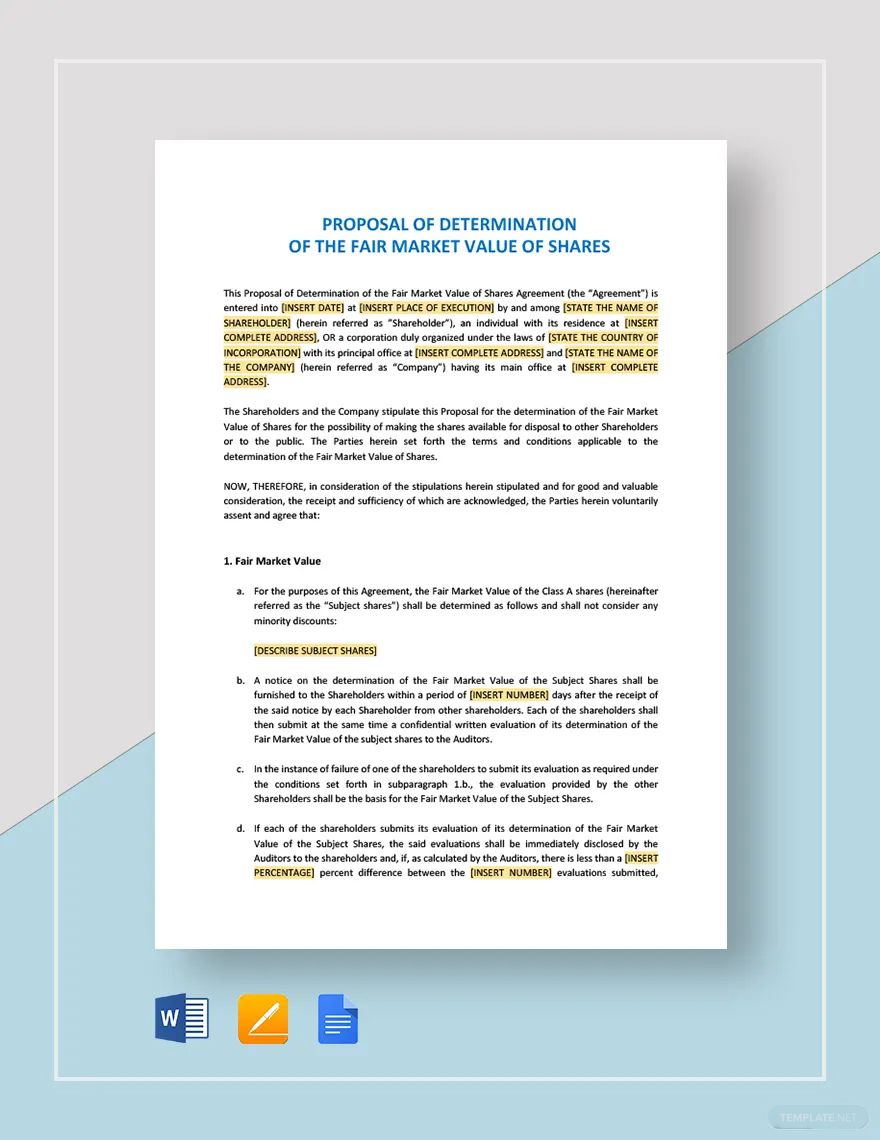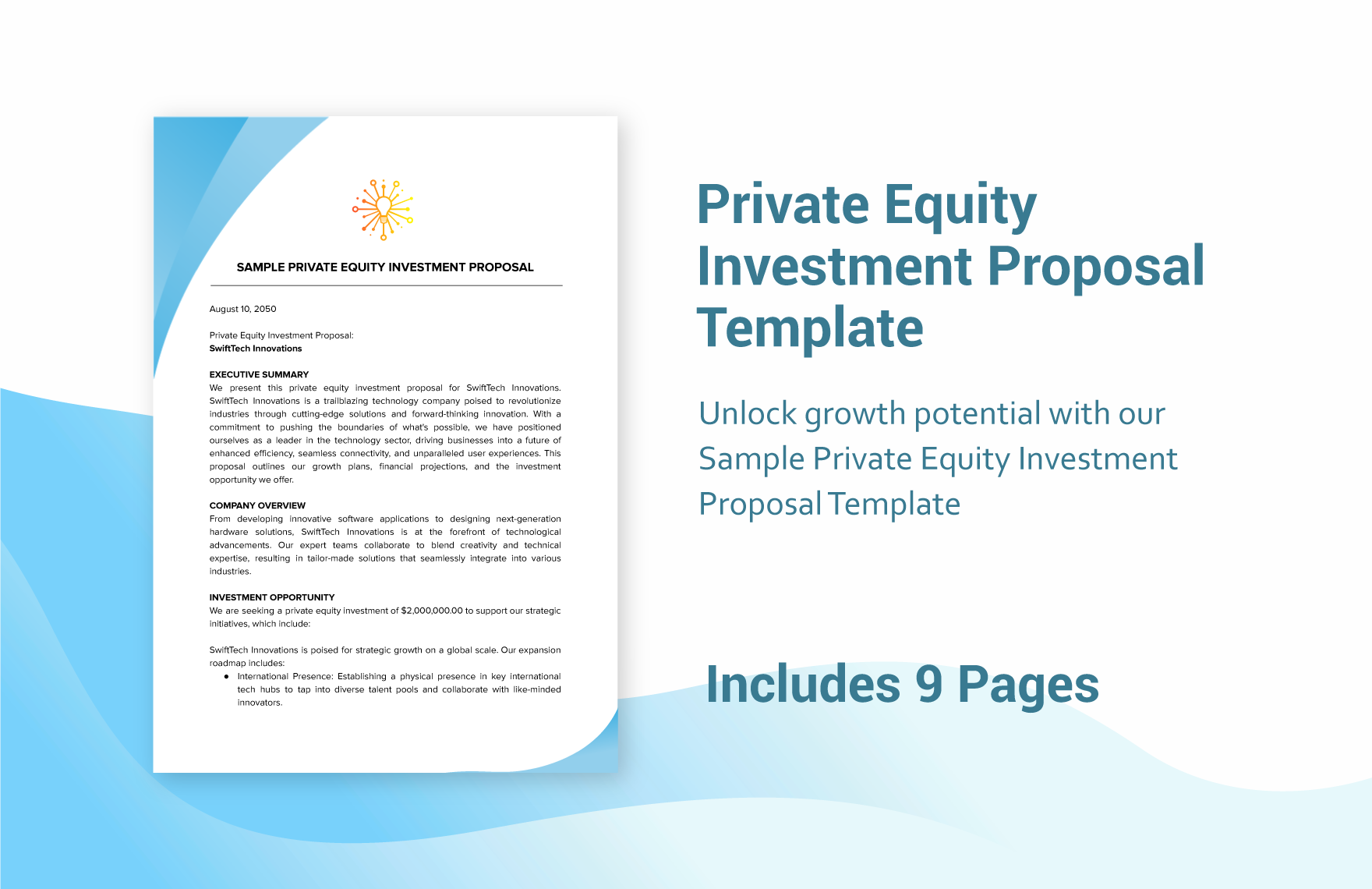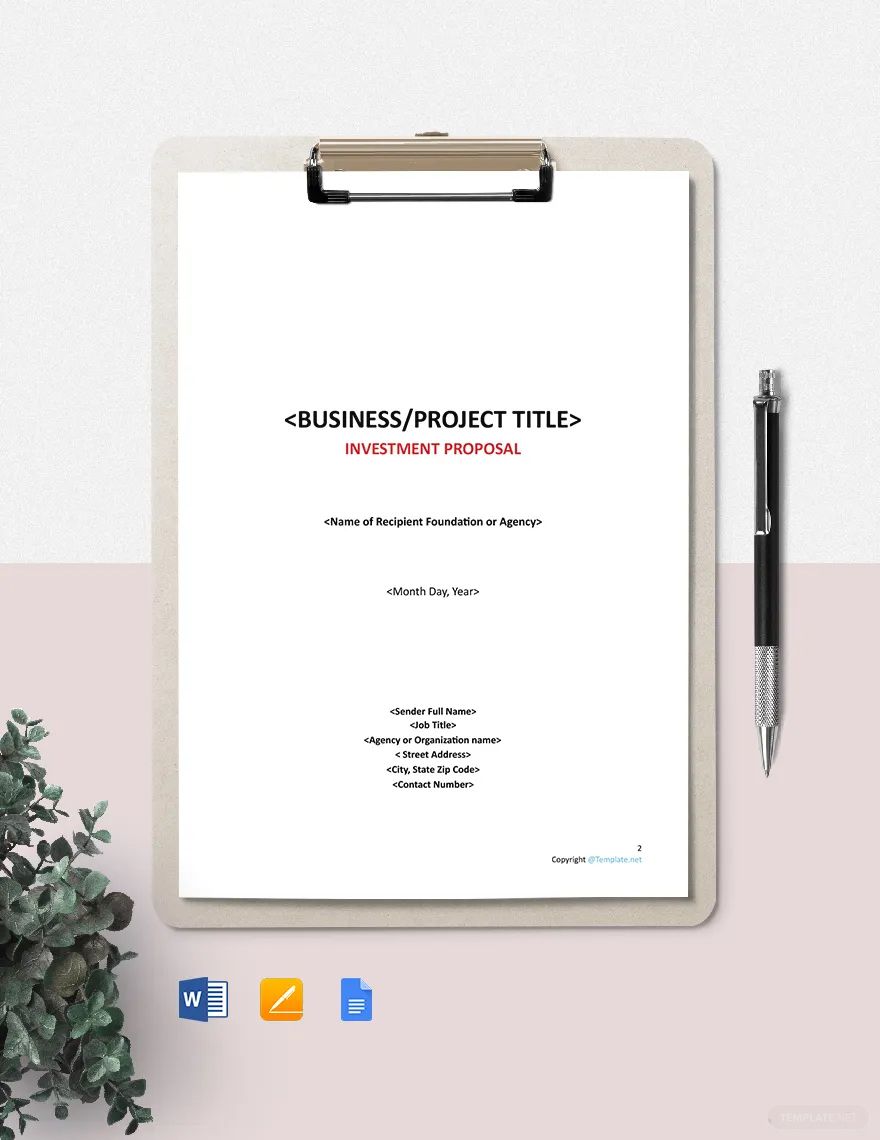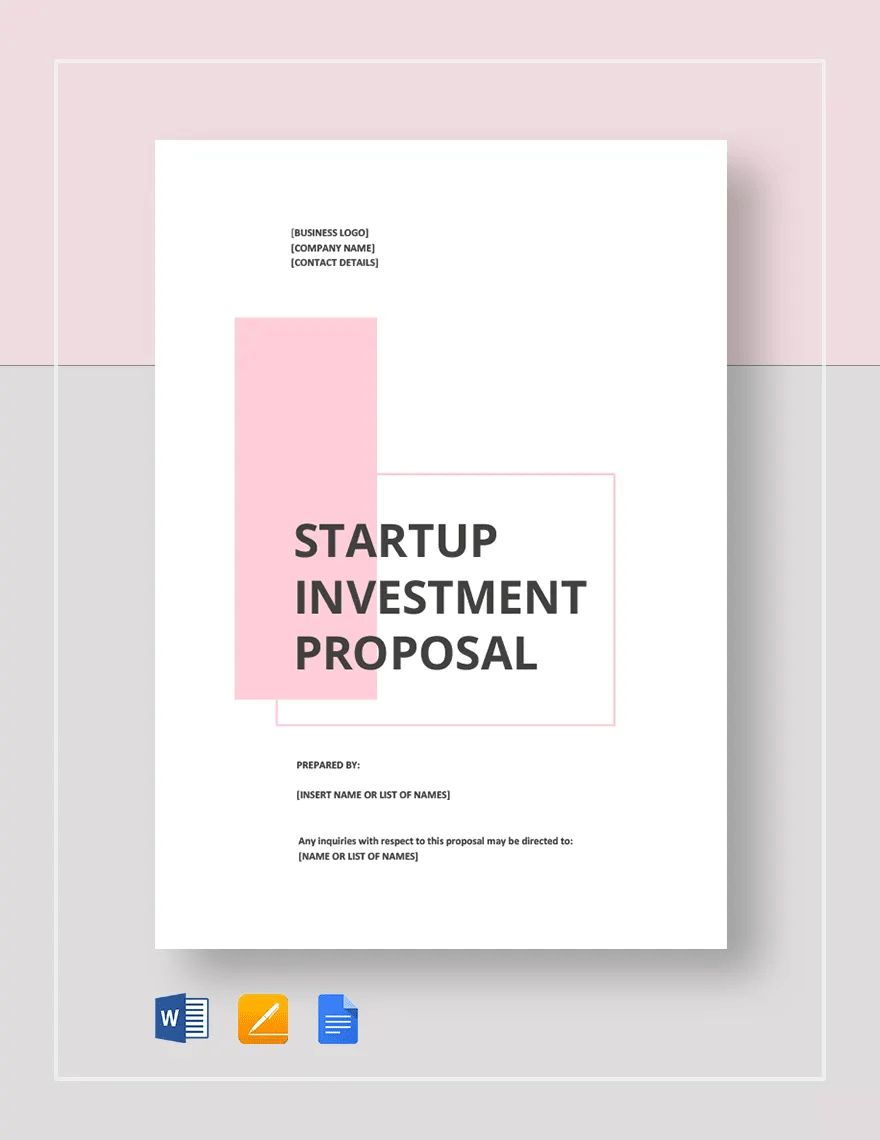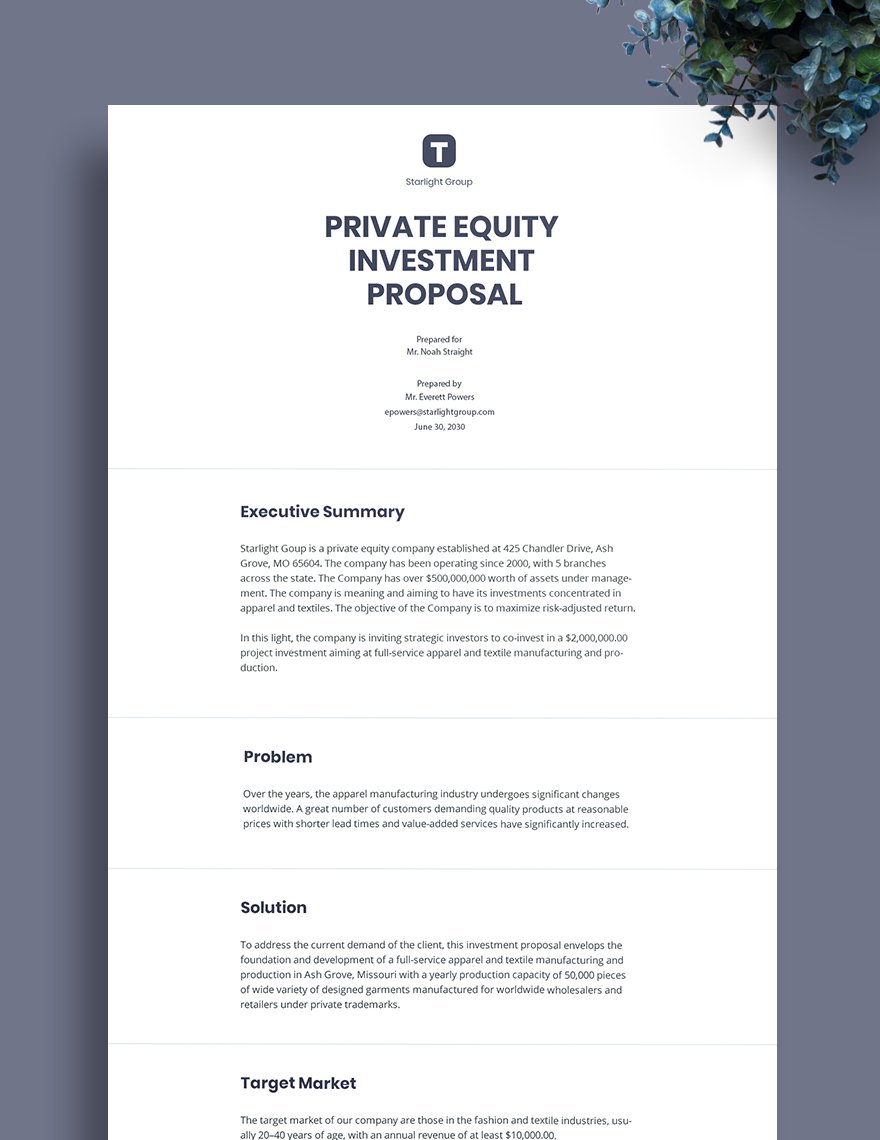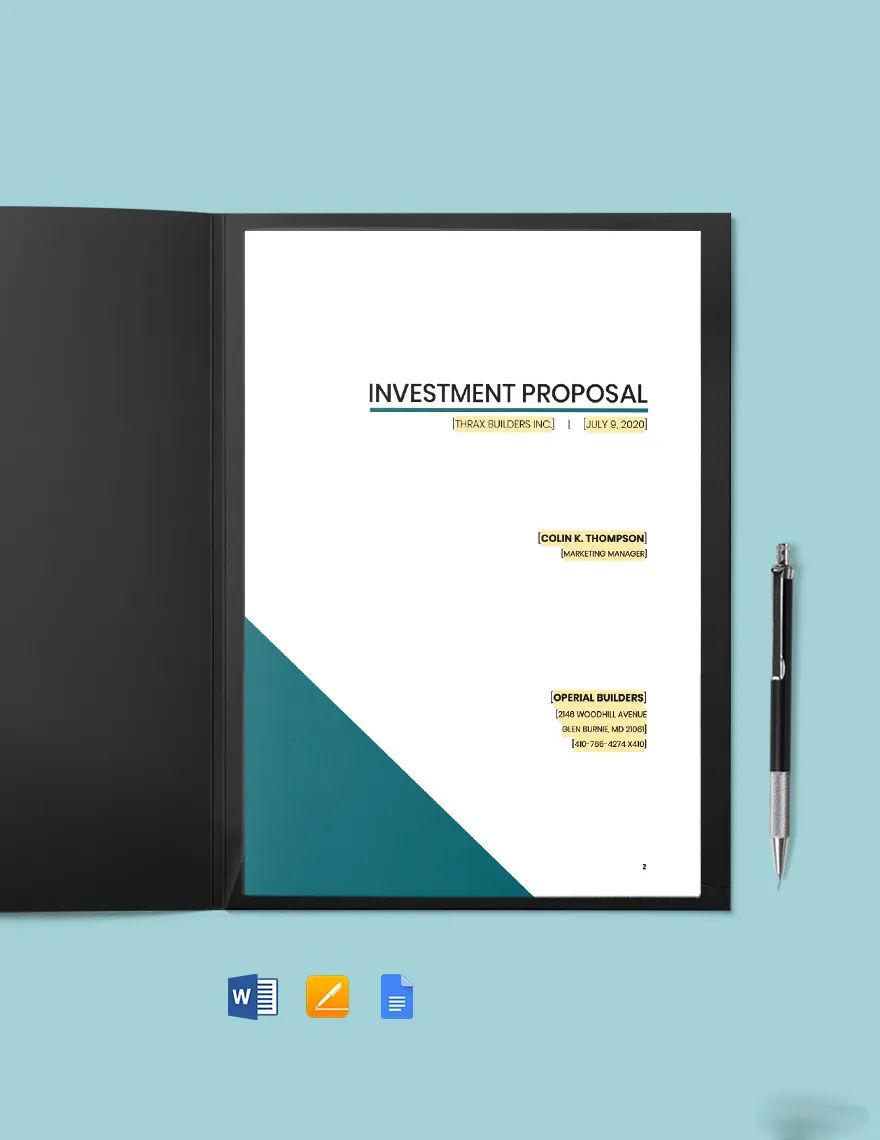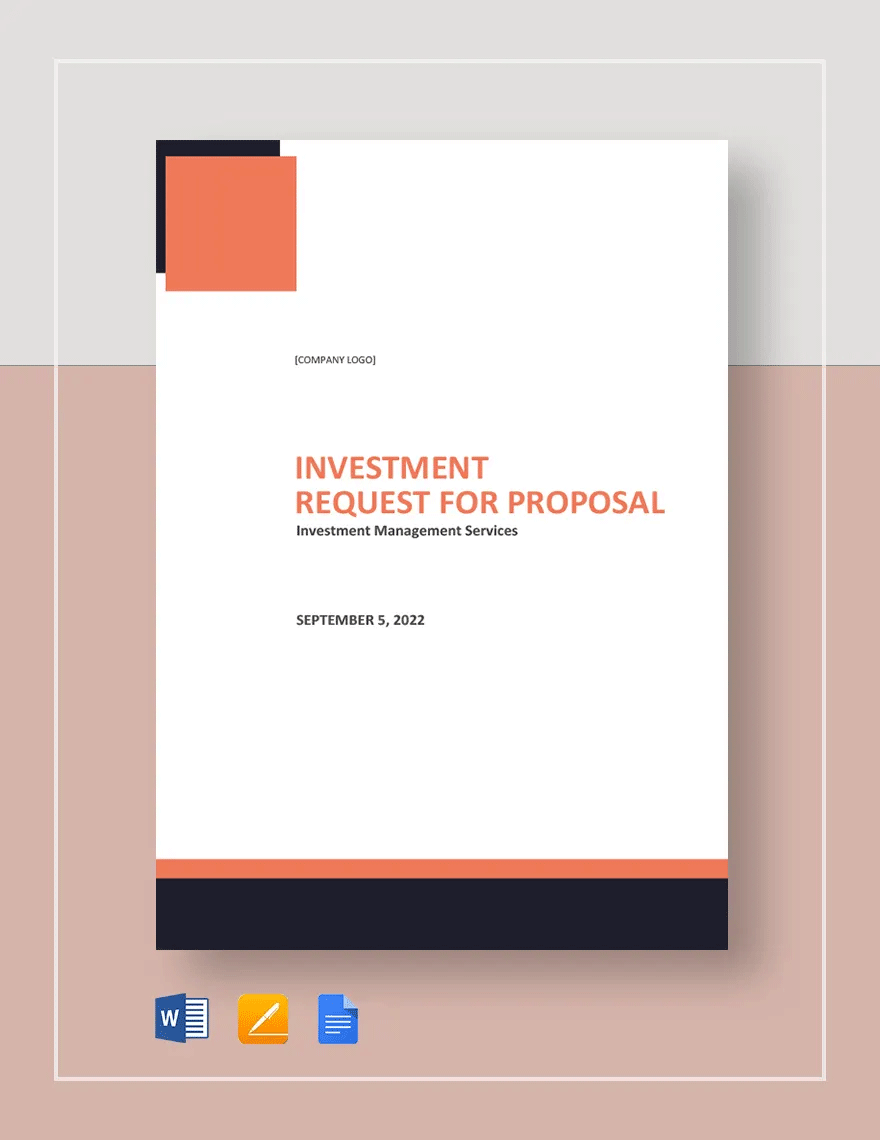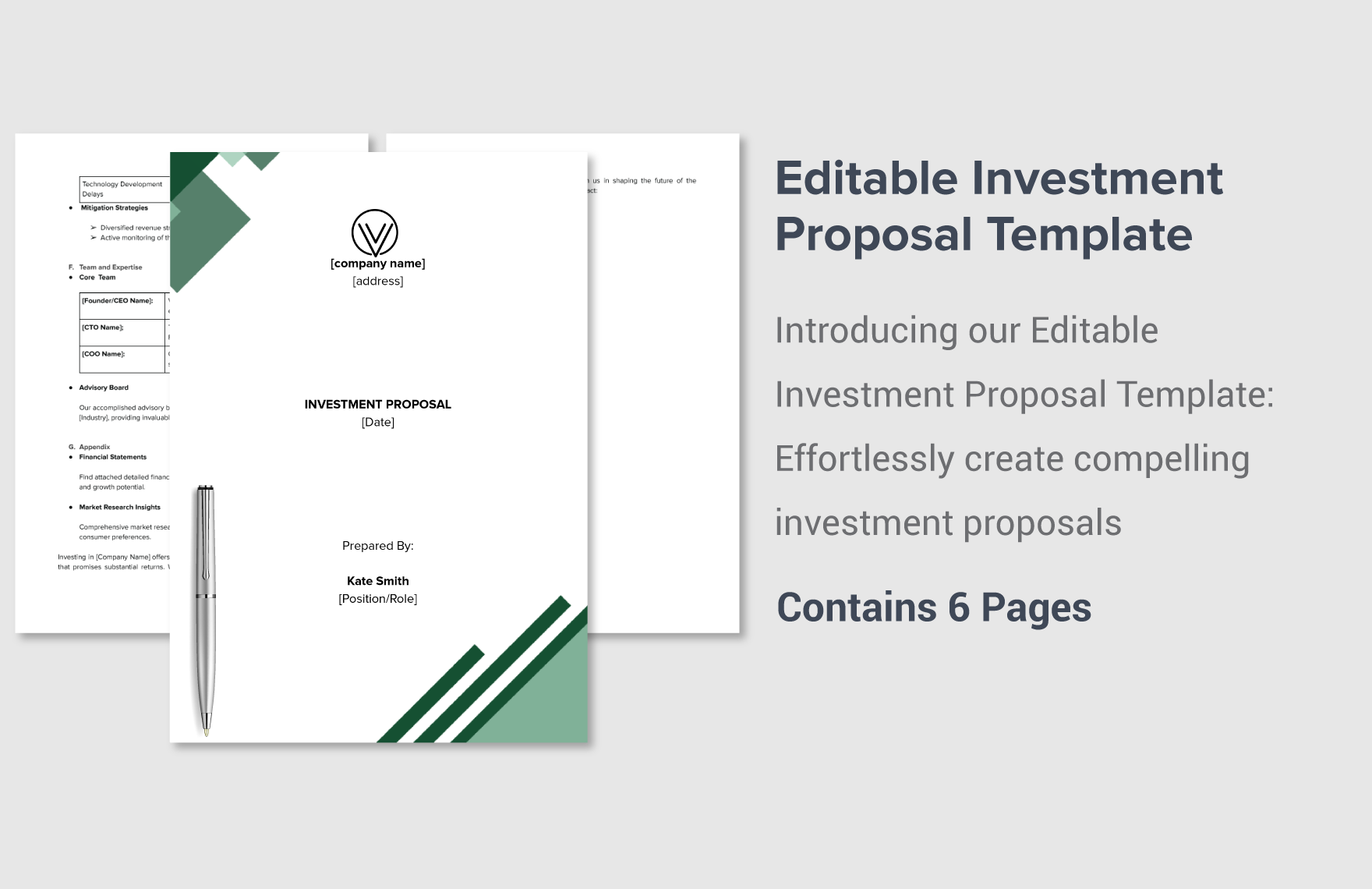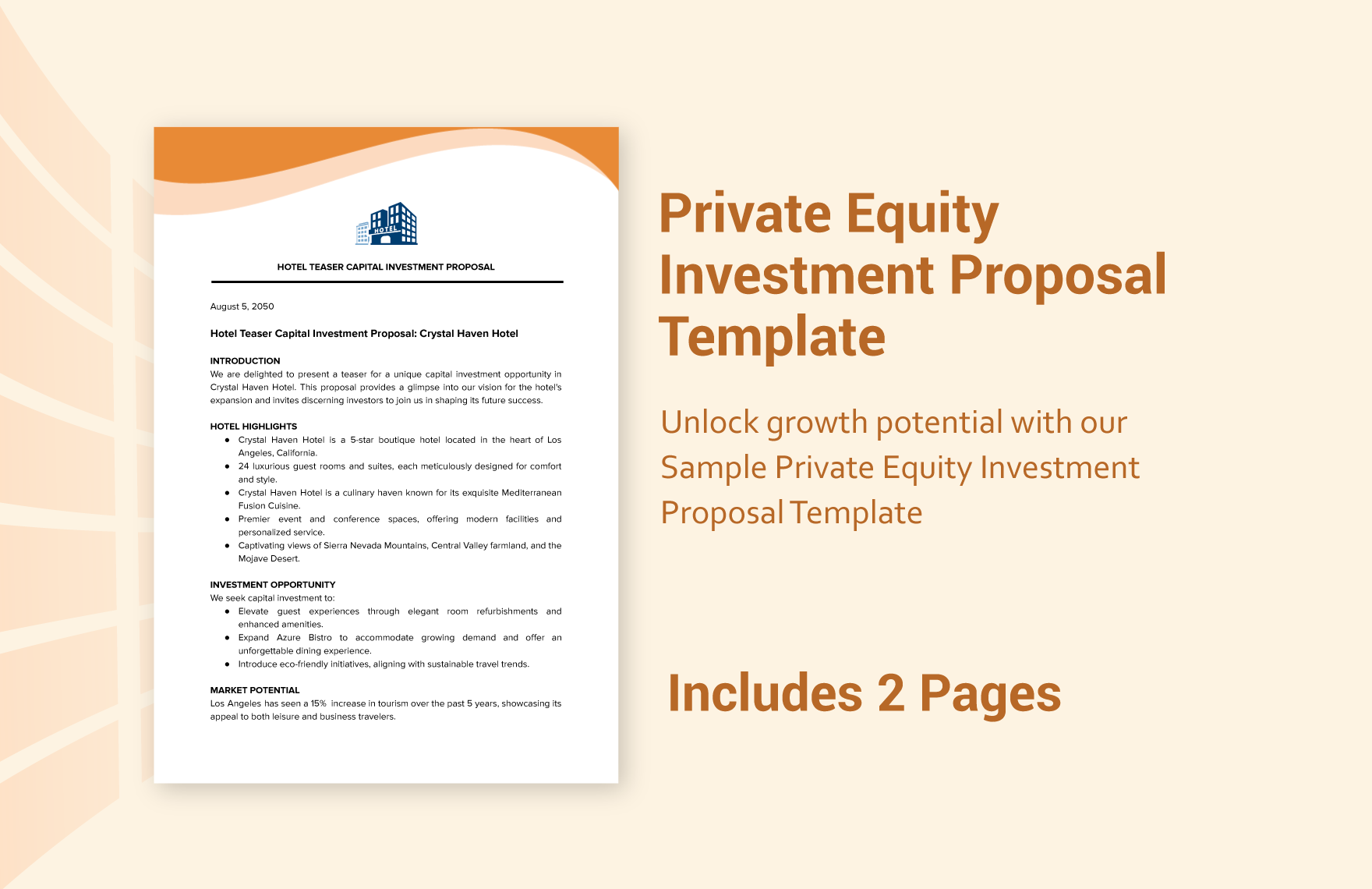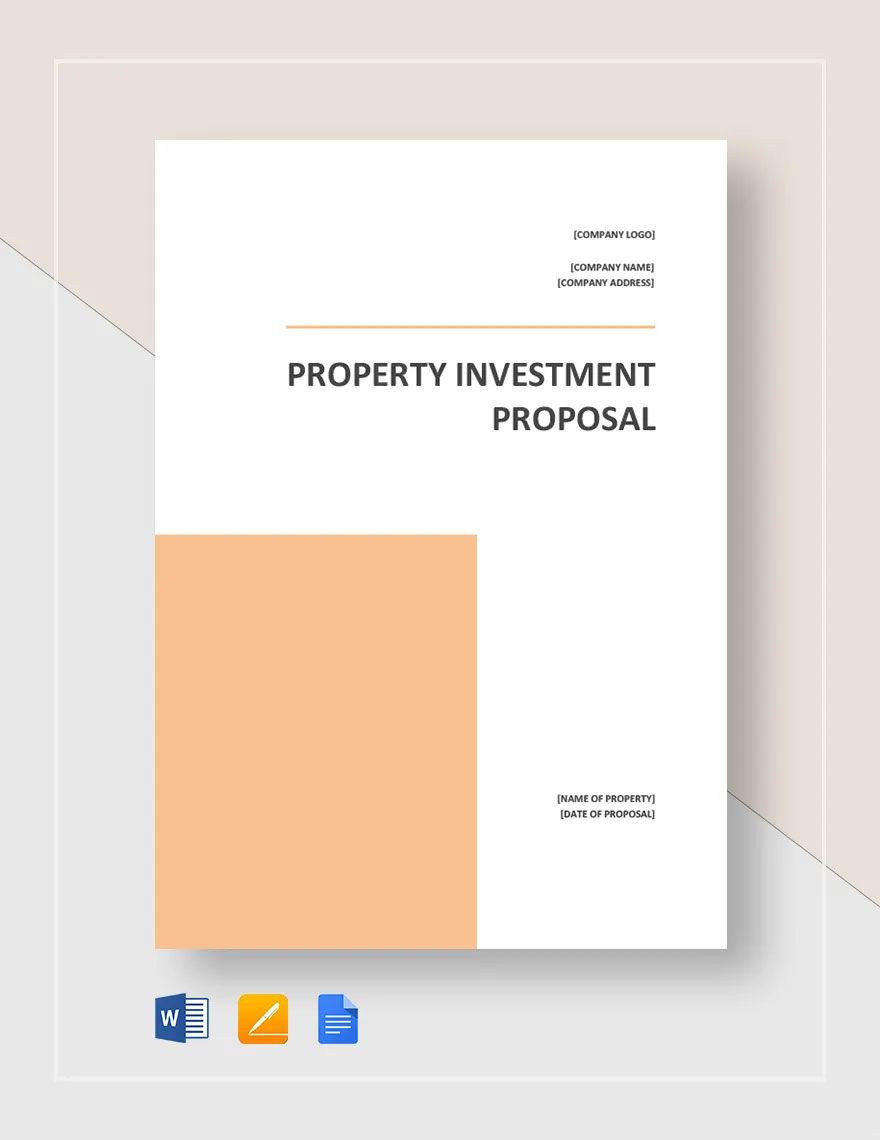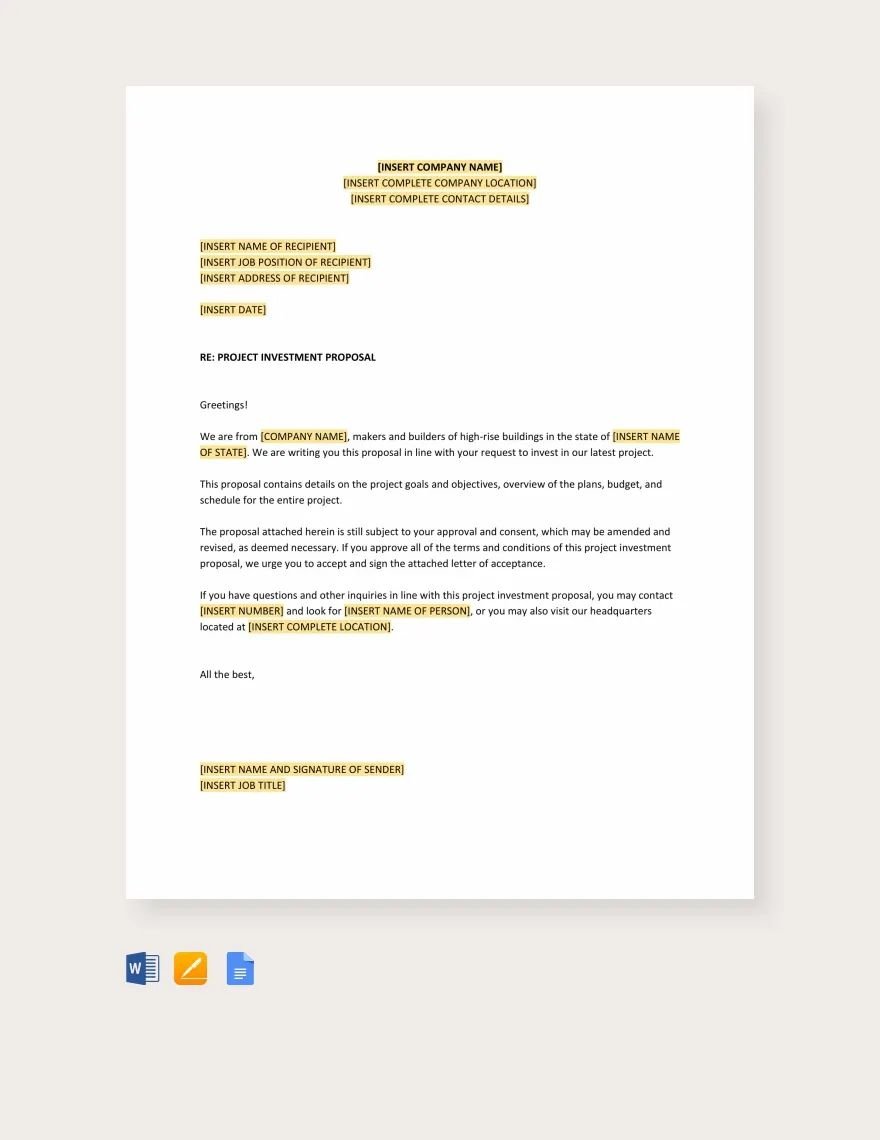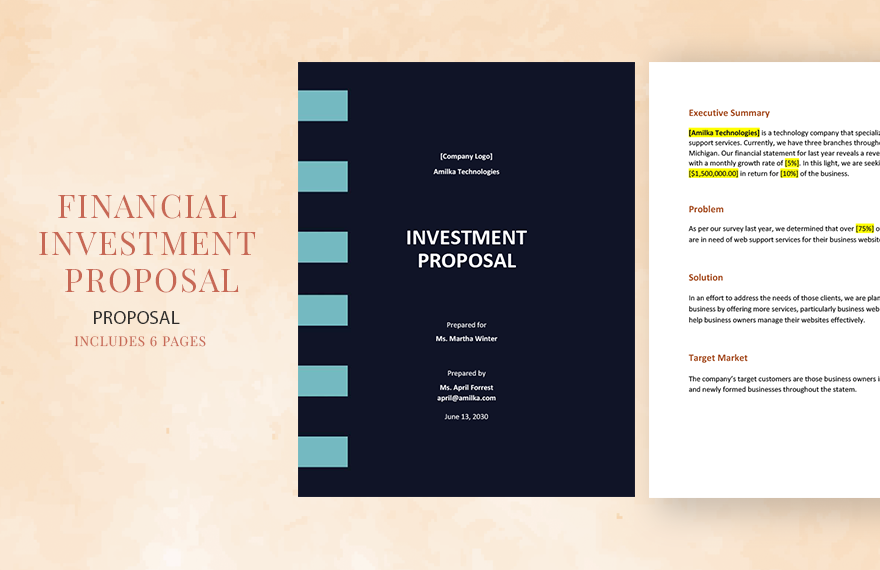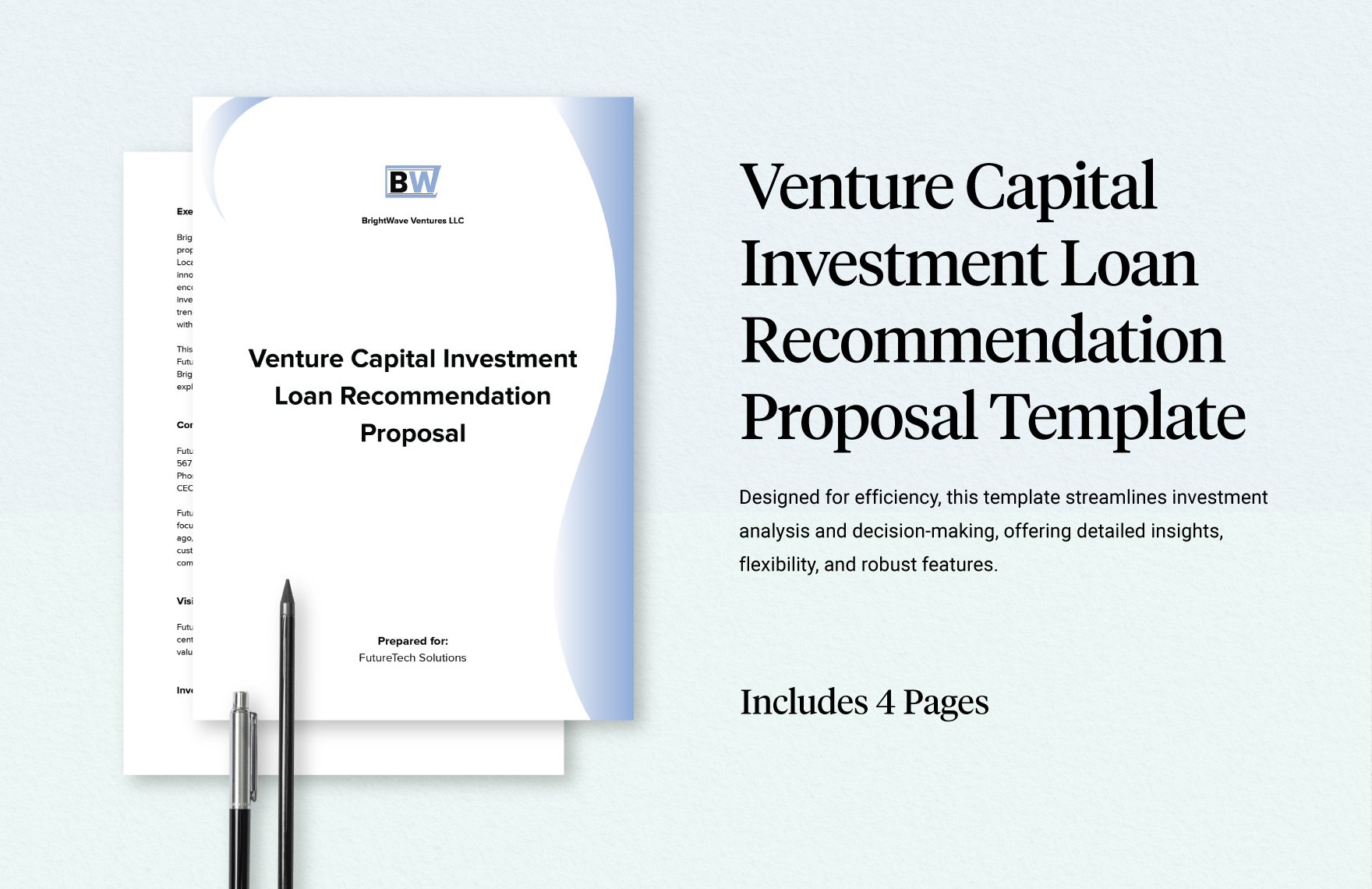Investment refers to the allocation of capital in the expectation of some potential gain. In finance, a return is referred to as the gain from an investment. The return may comprise of a gain or loss from the sale of a property or business, an unrealized appreciation of capital (or depreciation) or investment income, such as dividends, interest, rental income, etc., or a combination of gain and income from capital. Typically, investors expect higher returns from riskier investment portfolios. The return is also usually poor when a low-risk investment is made. Likewise, elevated risk comes with high returns.
Investments are mostly made indirectly by financial institutions that are intermediaries. Pension funds, banks, and insurance firms are among these intermediaries. In order to make large-scale investments, they can pool money obtained from a number of individual final investors into funds such as investment trusts, unit trusts, SICAVs, etc. There are six main investment types, or asset classes, that you can choose from, each with distinct characteristics, risks, and benefits. This includes growth investments, shares, property, defensive investments, cash, and fixed interest. The method of elaborating, composing, and proposing a subsidy request is known as a proposal. The act of writing a proposal application is undertaken by a non-profit entity generally with the intention of receiving funding. An investment proposal is a textual or digital presentation about a startup (product or service) whose purpose is to raise capital.
No matter what kind of investment you need for your organization, business, or personal affair, our Investment Proposal Templates will help you create the perfect proposal.



